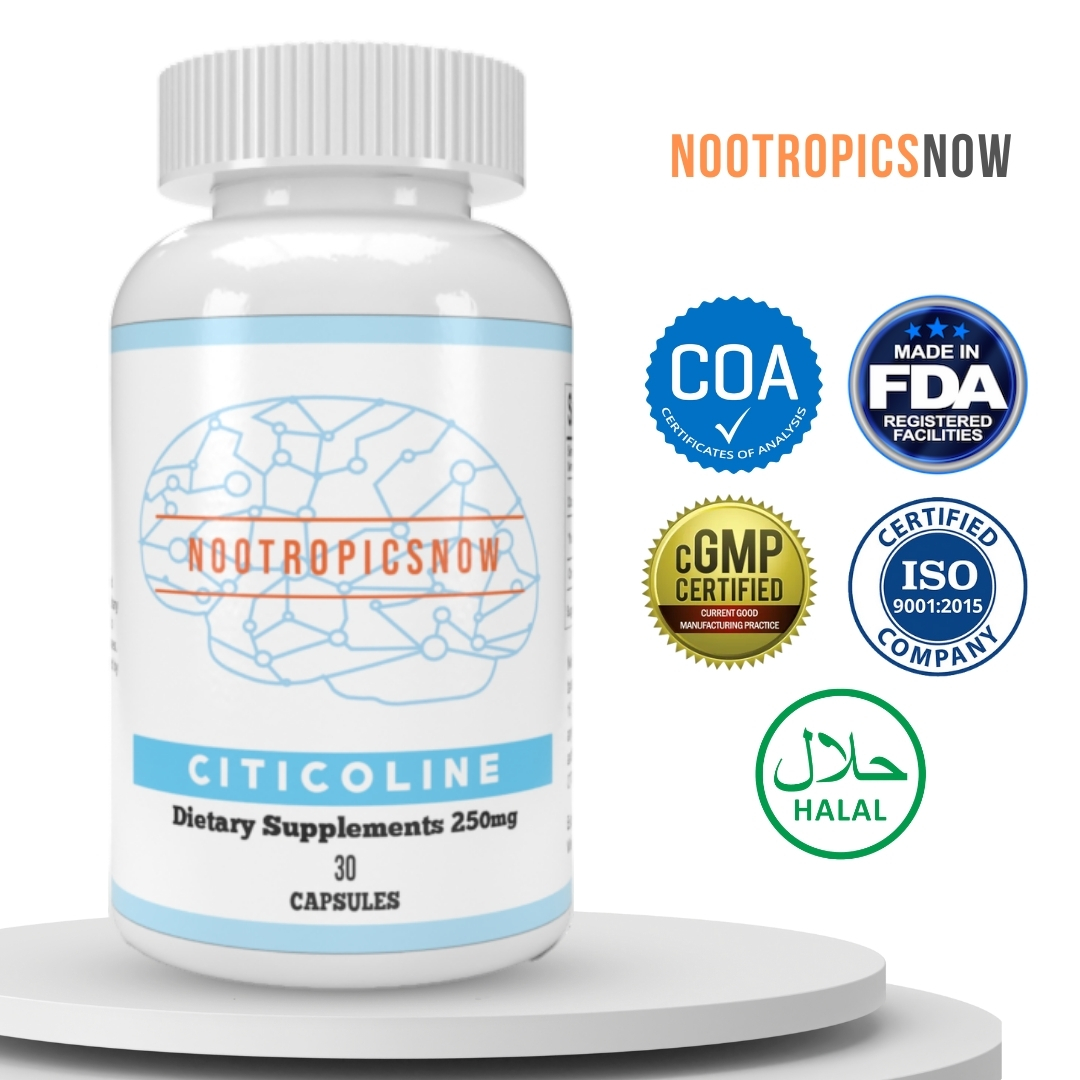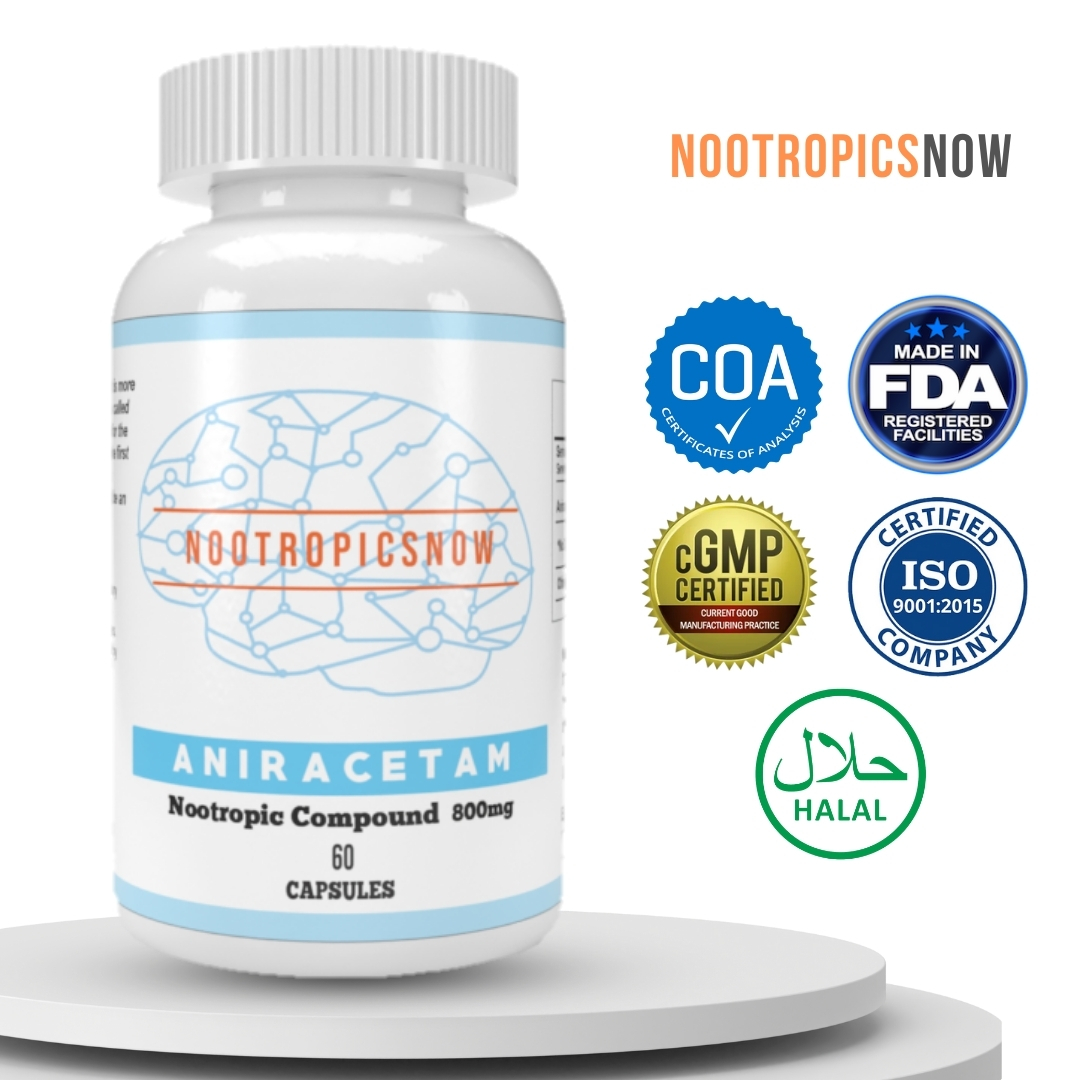Fasoracetam: Boost Memory & Learning?

`markdown
Fasoracetam: Enhancing Memory and Learning
Fasoracetam, a synthetic nootropic in the racetam family, has emerged as a subject of intense interest due to its potential cognitive-enhancing effects. Specifically, researchers and users alike are exploring fasoracetam’s impact on memory and learning. Its unique mechanism of action sets it apart from other nootropics. Therefore, understanding how it influences these crucial cognitive functions is vital.
Understanding Fasoracetam’s Mechanism
Fasoracetam’s primary mode of action involves modulating metabotropic glutamate receptors, or mGluRs. These receptors play a vital role in synaptic plasticity and neurotransmitter release. Consequently, this modulation is crucial for memory formation and consolidation. Unlike some nootropics that directly stimulate neurotransmitter release, fasoracetam acts more as a modulator, subtly influencing receptor sensitivity and neurotransmitter activity.
Modulation of Metabotropic Glutamate Receptors (mGluRs)
mGluRs are G protein-coupled receptors that respond to glutamate, the brain’s primary excitatory neurotransmitter. There are eight subtypes, grouped into three categories (Group I, II, and III). Fasoracetam primarily interacts with Group I mGluRs, specifically mGluR5. By modulating these receptors, fasoracetam influences synaptic transmission and plasticity. Consequently, this leads to enhanced cognitive function. This process is crucial for both memory and learning. Furthermore, this action sets fasoracetam apart.
Influence on Neurotransmitter Systems
Beyond mGluRs, fasoracetam also affects other neurotransmitter systems. It notably influences the cholinergic and GABAergic systems, which are crucial for cognitive functions. Therefore, these additional mechanisms contribute to its overall effects on memory and learning.
Fasoracetam and Memory Enhancement
Memory enhancement is one of the key reasons people explore fasoracetam. Its multifaceted mechanism of action leads to improved memory formation, consolidation, and recall.

View Product
Improving Memory Formation
Memory formation involves the initial encoding of information in the brain. Fasoracetam enhances this process through its modulation of mGluRs and the cholinergic system. By increasing acetylcholine levels and optimizing glutamate receptor function, fasoracetam facilitates the strengthening of synaptic connections. This strengthening is crucial for forming new memories. Consequently, users report improved ability to remember names, facts, and events.
Enhancing Memory Consolidation
Memory consolidation is the process by which short-term memories are transformed into long-term memories. Fasoracetam assists in this process by promoting neuroplasticity. This increased plasticity allows the brain to strengthen and stabilize newly formed memories. This action results in better long-term retention. Furthermore, individuals might find they can recall information more easily after taking fasoracetam.
Facilitating Memory Recall
Effective memory is not only about forming and consolidating memories but also about recalling them when needed. Fasoracetam facilitates memory recall through its influence on neurotransmitter systems. By ensuring optimal levels of acetylcholine and glutamate, fasoracetam enhances the brain’s ability to retrieve stored information. Therefore, this effect can be particularly useful for tasks that require quick recall, such as exams or presentations.
Fasoracetam and Learning Improvement
In addition to memory, fasoracetam also has a significant impact on learning. Its ability to enhance neuroplasticity and modulate neurotransmitter systems creates an optimal environment for acquiring new knowledge and skills.
Promoting Neuroplasticity
Neuroplasticity is the brain’s ability to reorganize itself by forming new neural connections throughout life. Fasoracetam enhances neuroplasticity, making it easier to learn new things. This is because a more plastic brain can adapt and respond to new information more efficiently. Therefore, individuals might find it easier to grasp complex concepts and develop new skills. Moreover, the benefits extend beyond simple memorization.
Supporting Synaptic Transmission
Effective learning requires efficient communication between neurons. Fasoracetam supports synaptic transmission by optimizing glutamate receptor function and ensuring adequate levels of acetylcholine. This enhanced communication allows the brain to process and integrate information more effectively. Therefore, this leads to improved learning outcomes. Additionally, this effect is valuable for individuals engaged in continuous learning.
Reducing Cognitive Inhibition
Fasoracetam’s effects on the GABAergic system can also contribute to learning improvement. By reducing anxiety and promoting a sense of calm, fasoracetam reduces cognitive inhibition. Consequently, this creates a more receptive mental state for learning. Students, for instance, might find it easier to focus and absorb information during lectures or study sessions.
Clinical Evidence and Research Studies
While anecdotal evidence and user reports are valuable, clinical evidence and research studies provide a more objective understanding of fasoracetam’s effects.
Animal Studies
Several animal studies have investigated fasoracetam’s impact on memory and learning. These studies have shown promising results, with fasoracetam demonstrating the ability to improve cognitive function in rodents.
Human Trials
Human trials on fasoracetam are more limited but provide valuable insights. One notable study focused on adolescents with ADHD and a specific genetic mutation affecting glutamatergic neurotransmission. The results showed that fasoracetam significantly improved ADHD symptoms in these individuals. Furthermore, this suggests a potential role for fasoracetam in treating cognitive deficits associated with genetic disorders.
However, it is important to note that not all human trials have yielded positive results. For example, a clinical trial investigating fasoracetam for vascular dementia did not demonstrate sufficient efficacy. This highlights the need for further research to fully understand the range of conditions for which fasoracetam might be beneficial.
Dosage and Safety Considerations
Determining the appropriate dosage and understanding potential side effects are crucial when considering fasoracetam.
Recommended Dosage
The optimal dosage of fasoracetam can vary depending on individual factors such as age, weight, and sensitivity to the compound. However, a common starting dose is around 100mg to 200mg taken one to two times per day. It’s essential to start with a lower dose and gradually increase it to assess tolerance and minimize the risk of side effects.
Potential Side Effects
Fasoracetam is generally considered safe. However, some users may experience side effects, including:
These side effects are typically mild and transient. They often resolve on their own. However, if side effects persist or become bothersome, it is advisable to discontinue use and consult with a healthcare professional.
Interactions and Contraindications
Fasoracetam may interact with certain medications or have contraindications for individuals with specific health conditions. It’s crucial to consult with a healthcare professional before using fasoracetam, especially if you are taking other medications or have pre-existing health conditions.
User Experiences and Anecdotal Reports
In addition to scientific research, user experiences and anecdotal reports provide valuable insights into fasoracetam’s effects.
Common Benefits Reported
Users often report the following benefits from taking fasoracetam:
Stacking with Other Nootropics
Some users choose to combine fasoracetam with other nootropics to enhance its effects. Common stacks include:
Note: While stacking nootropics can be tempting, it’s essential to approach this practice with caution. It’s best to start with individual compounds to assess their effects before combining them.
Legal Status and Availability
The legal status of fasoracetam varies depending on the country. In some countries, it’s available as a research chemical, while in others, it may be considered a prescription drug. It’s essential to be aware of the legal regulations in your jurisdiction before purchasing or using fasoracetam.
Fasoracetam is available from various online vendors. However, it’s crucial to purchase from reputable sources to ensure the product’s quality and purity.
Integrating Fasoracetam into a Cognitive Enhancement Strategy
Fasoracetam can be a valuable tool for enhancing memory and learning. However, it is most effective when integrated into a comprehensive cognitive enhancement strategy. This strategy should include:
Healthy Lifestyle Habits
Cognitive Training
Strategic Supplementation
The Future of Fasoracetam Research
While fasoracetam shows promise for enhancing memory and learning, more research is needed to fully understand its mechanisms of action, long-term effects, and potential therapeutic applications. Future research should focus on:
Long-Term Studies
Long-term studies are needed to assess the safety and efficacy of fasoracetam over extended periods.
Clinical Trials for Specific Conditions
Clinical trials are needed to investigate fasoracetam’s potential in treating conditions such as ADHD, Alzheimer’s disease, and other cognitive disorders.
Comparative Studies
Comparative studies are needed to compare fasoracetam to other nootropics and cognitive-enhancing strategies.
By continuing to explore fasoracetam through rigorous scientific research, we can gain a deeper understanding of its potential and optimize its use for enhancing memory, learning, and overall cognitive function.
`
Fasoracetam: Enhancing Memory and Learning
Fasoracetam, a synthetic nootropic of the racetam family, has garnered considerable interest because of its capacity to enhance cognitive functions, notably memory consolidation and learning processes. Its unique mechanism and potential benefits position it as a valuable tool for individuals seeking cognitive improvement. Comprehending its multifaceted actions and current research findings is crucial for those considering its use.
Understanding Fasoracetam’s Action
Fasoracetam’s primary mechanism of action involves the modulation of neurotransmitter systems in the brain. Unlike other racetams that primarily influence acetylcholine, fasoracetam prominently interacts with metabotropic glutamate receptors (mGluRs). These receptors play a vital role in synaptic plasticity, the brain’s ability to strengthen or weaken connections between neurons over time. By positively modulating mGluRs, fasoracetam facilitates more efficient neural communication, fostering improved memory and learning. Furthermore, it influences the release and uptake of other crucial neurotransmitters like GABA and acetylcholine, contributing to its overall cognitive-enhancing effects.
Memory Enhancement Capabilities
Fasoracetam’s impact on memory is multifaceted, affecting several key processes involved in encoding, consolidation, and retrieval.
Facilitating Learning Processes
Fasoracetam’s cognitive benefits extend beyond memory enhancement, contributing significantly to learning processes.
Supporting Research and Clinical Data
Although research on fasoracetam is ongoing, existing studies provide insights into its potential benefits for memory and learning.
Dosage and Administration Guidelines
Fasoracetam dosage varies based on individual sensitivity and cognitive goals. Typically, effective doses range from 10 to 100 mg per day, divided into multiple administrations. Begin with a low dose and gradually increase it until the desired effects are achieved. Consulting a healthcare professional is recommended to determine the right dosage for your individual requirements.
Combining Fasoracetam with other Supplements
Stacking fasoracetam with other nootropics can potentially enhance its cognitive effects. Some common combinations include:
Safety Considerations and Possible Side Effects
Fasoracetam is typically well-tolerated, but some individuals may experience minor side effects, including:
These side effects are typically mild and temporary, diminishing with dose adjustment or discontinuation.
Long-Term Safety and Monitoring
Long-term safety data on fasoracetam is limited. Individuals taking fasoracetam long-term should consult with a healthcare professional and undergo regular monitoring to evaluate potential adverse effects. It is essential to take breaks from cycling fasoracetam to prevent tolerance and minimize potential risks.
The Future of Fasoracetam Research
Further research on fasoracetam is needed to fully elucidate its mechanisms of action, therapeutic potential, and long-term safety. Future studies should investigate its efficacy in treating specific cognitive disorders, optimizing dosage strategies, and exploring synergistic effects with other cognitive enhancers.
Integrating Fasoracetam into a Cognitive Enhancement Strategy
Fasoracetam can be a valuable component of a comprehensive cognitive enhancement strategy. However, it is essential to approach its use with prudence and incorporate lifestyle factors that support cognitive health. These factors include:
Legal Status and Availability
The legal status and availability of fasoracetam vary by country. In some jurisdictions, it may be available as a dietary supplement or research chemical, while others may have stricter regulations. Confirming the legal status of fasoracetam in your area before purchase or use is crucial.
Sourcing High-Quality Fasoracetam
Choosing reputable suppliers is crucial to guarantee the purity, potency, and safety of fasoracetam products. Look for third-party testing and certification to confirm the quality of products and prevent contamination. Online forums and communities can provide guidance on trustworthy sources.








